Last Updated: November 25, 2025
Peshawar FC Headquarters Attack in 2025: What Happened and Latest Updates So Far
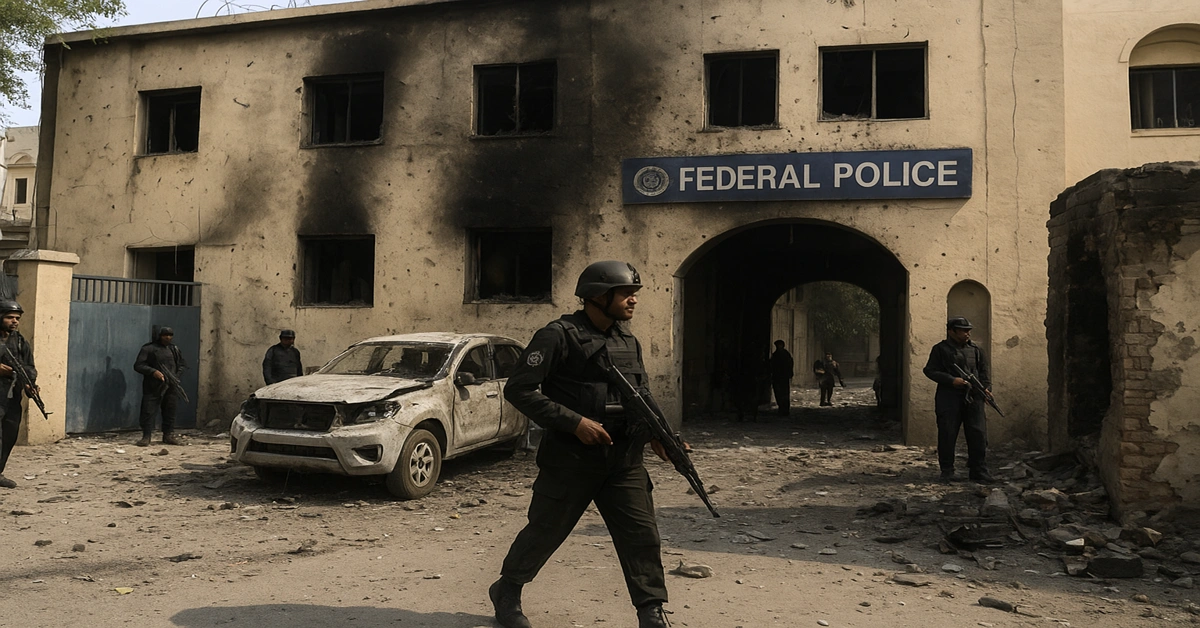
On the morning of 24 November 2025, the Federal Constabulary (FC) headquarters in Peshawar’s Saddar area came under a deadly, coordinated attack involving suicide bombers and gunmen. The assault targeted one of the city’s most sensitive security installations, located in a busy part of the provincial capital of Khyber Pakhtunkhwa, Pakistan. According to early reports, at least three FC personnel were martyred and more than a dozen others were injured, while all three attackers were killed at the scene.
The attack is being linked to militant networks operating in the region and is seen as part of the broader wave of insurgent violence that has hit Pakistan in recent months.
Where and When Did the Attack Happen?
The incident took place just after 8:00 am on Monday, 24 November 2025, outside and inside the FC headquarters in Saddar, Peshawar.
Peshawar’s Saddar area is part of a heavily guarded zone that houses multiple sensitive government and security offices. The timing of the attack coincided with the morning assembly and parade of FC personnel at the compound, suggesting that the attackers selected the time to try to cause maximum casualties.
How the Peshawar FC Headquarters Attack Unfolded
Based on initial statements from police, FC officials and eyewitnesses, the assault appears to have followed a multi-stage, coordinated pattern often used in complex militant operations.
1. First Suicide Blast at the Main Gate
The attack reportedly started when a suicide bomber approached the main gate of the FC headquarters, apparently on foot and wearing loose clothing to conceal his explosives.
When he reached the entrance, he detonated his explosive vest, causing a powerful blast that:
- Killed several FC personnel on duty at the gate
- Injured others standing nearby
- Damaged the gate area and temporarily stunned guards and staff
2. Two More Attackers Attempt to Storm the Compound
Within seconds of the first explosion, two more attackers, armed with guns and wearing suicide vests, tried to take advantage of the chaos and enter the compound.
According to officials:
- The attackers opened fire on guards and personnel inside the gate.
- One bomber reportedly detonated his explosives near a vehicle and motorcycle parking area, increasing the number of casualties and damage.
- The third attacker was shot dead by FC personnel before he could detonate his explosives or move deeper into the base.
Security forces inside the compound responded quickly, returning fire and preventing the assailants from reaching the central parade ground, where hundreds of personnel were present.
3. Swift Counter-Operation and Clearance
Soon after the initial engagement, additional units from the police, FC and Pakistan Army reached the area, cordoned off the complex and launched a clearance operation.
Rescue teams and ambulances shifted the injured to Lady Reading Hospital, Peshawar’s main emergency facility. Provincial leadership visited the hospital and the attack site, praising the FC’s quick response and stating that their action had prevented an even more devastating outcome.
Casualties: How Many Were Killed and Injured?
The exact casualty figures can evolve as more information becomes available, but early updates indicate:
- At least three FC personnel were officially reported martyred.
- More than a dozen people were injured, including security personnel and possibly support staff.
- All three attackers were killed, two in their own suicide blasts and one in the exchange of fire with security forces.
Doctors at Lady Reading Hospital have said that some injured suffered blast and bullet wounds, with several requiring surgery. A few remained in critical condition in the hours following the attack.
Who Is Believed to Be Behind the Attack?
The assault on the FC headquarters fits the profile of previous militant attacks carried out in Khyber Pakhtunkhwa. Officials and analysts have pointed to Pakistani Taliban-linked groups and allied factions as the most likely perpetrators.
In recent years, these groups have repeatedly targeted:
- Security forces and law enforcement personnel
- Government buildings and sensitive installations
- Urban and semi-urban areas in and around Peshawar
Authorities have long claimed that some of these networks benefit from cross-border sanctuaries and support, adding a regional dimension to what happens inside Pakistan’s borders.
Government and Military Response So Far
In the immediate aftermath of the attack, Pakistan’s civil and military leadership condemned the incident and promised a strong response. Multiple layers of action were reported or announced in the hours that followed.
1. Security Operation and Hunt for Facilitators
Security forces launched a search operation in and around Peshawar to track down any facilitators, planners or support networks linked to the attack.
Intelligence-based operations are underway in different parts of Khyber Pakhtunkhwa, focusing on:
- Urban hideouts used for planning and logistics
- Transit routes possibly used by militants to reach the city
- Suspected safe houses and support cells
2. Political Reactions and Condemnations
National and provincial leaders have:
- Expressed condolences to the families of the martyred FC personnel
- Praised the swift and brave response by security forces, emphasising that many more lives were saved
- Reiterated their commitment to continuing counter-terrorism operations against militant groups
The attack also triggered renewed debate about the security of Red Zone areas and whether existing measures are enough to stop determined militant assaults on high-value targets.
Regional Fallout and Pakistan–Afghanistan Tensions
The Peshawar FC headquarters attack has taken place against a backdrop of already strained relations between Pakistan and Afghanistan over militancy. Pakistani officials have repeatedly accused militant outfits of using Afghan territory as safe havens, while Afghan authorities deny direct involvement.
Attacks of this kind often intensify calls inside Pakistan for tougher border management and more robust diplomatic pressure on Kabul to act against groups that plan or support violence across the border.
Why Was the FC Headquarters Targeted?
The Federal Constabulary is a paramilitary force that supports:
- Police and civil administration in maintaining law and order
- Protection of sensitive buildings and officials
- Convoy escort and high-risk deployments in conflict-prone areas
For militant groups, attacking an FC base:
- Sends a symbolic message of defiance against the state
- Aims to damage morale among security personnel
- Attracts national and international media coverage
Striking during a period when a large number of personnel had gathered for assembly shows that the attackers expected to create a major psychological shock, even if they failed to penetrate very deep into the compound.
Security Situation in Peshawar and Khyber Pakhtunkhwa
Peshawar has suffered numerous high-profile attacks over the past decade, targeting mosques, schools, security installations and public spaces. Although overall large-scale attacks had decreased for some years, analysts have noted a renewed surge in militant activity in Khyber Pakhtunkhwa.
Some of the key contributing factors include:
- Regrouping of militant factions in mountainous and border regions
- Shifts in the regional security environment after political changes in Afghanistan
- Persisting urban support networks that help militants with logistics, reconnaissance and shelter
The November 2025 attack on the FC headquarters fits into this wider pattern and is likely to influence future security planning in the province.
How Can Such Attacks Be Prevented?
Completely eliminating the risk of attacks is extremely difficult, but several measures can help reduce the frequency and impact of such incidents.
1. Stronger Perimeter and Access Control
- Multiple security layers around sensitive compounds instead of a single main gate
- Standoff distances to prevent attackers from reaching crowded areas easily
- Better screening procedures and barriers to stop suicide bombers at a distance
2. Intelligence-Led Operations
- More focus on identifying planning cells before they strike
- Monitoring communications, finances and movement of suspected networks
- Cooperation between local, provincial and federal agencies
3. Community-Level Cooperation
- Encouraging citizens to report suspicious activity near security installations
- Anonymous tip lines and community policing initiatives
- Building public trust so people feel safe sharing information
Key Takeaways From the Peshawar FC Headquarters Attack
- The attack occurred on 24 November 2025 at around 8:00 am in the Saddar area of Peshawar.
- Three militants were involved, using a combination of suicide bombing and gunfire.
- At least three FC personnel were martyred and more than a dozen people were injured.
- All attackers were killed before they could penetrate deep into the compound.
- The incident highlights continuing threats from militant groups and the need for stronger security and intelligence measures.
As investigations continue and more official details emerge, the Peshawar FC headquarters attack will likely remain a key reference point in Pakistan’s ongoing struggle against militancy and terrorism.
FAQs About the Peshawar FC Headquarters Attack
When did the Peshawar FC headquarters attack take place?
The attack took place on the morning of 24 November 2025, shortly after 8:00 am, targeting the Federal Constabulary headquarters in the Saddar area of Peshawar.
How many people were killed and injured?
Early reports indicate that at least three FC personnel were martyred, more than a dozen individuals were injured, and all three attackers died during the operation.
How did the attackers carry out the assault?
The assault involved a suicide bomber at the main gate followed by two armed attackers wearing suicide vests who tried to storm the compound. They were engaged by security forces and stopped before they could reach the core of the headquarters.
Who is suspected of being behind the attack?
The pattern and target suggest involvement of militant networks active in Khyber Pakhtunkhwa, including factions linked to the Pakistani Taliban. Investigations are ongoing to identify the exact group and facilitators responsible.
What was the response of security forces?
FC personnel and other security units responded quickly, killing the attackers and initiating a clearance operation. Rescue teams evacuated the injured to hospital, and the area was sealed off to prevent further threats.
Why is this attack considered significant?
The FC headquarters is a high-value security installation in a sensitive zone of Peshawar. Attacking it during a busy morning assembly underscores both the determination of militants and the continuing challenges Pakistan faces in securing key sites.
What does this mean for the security situation in Peshawar?
The attack reinforces concerns about a rising trend of militant violence in Khyber Pakhtunkhwa. It is likely to trigger stricter security measures, more intelligence-based operations and renewed focus on protecting critical infrastructure in Peshawar and beyond.
You May Also Like:
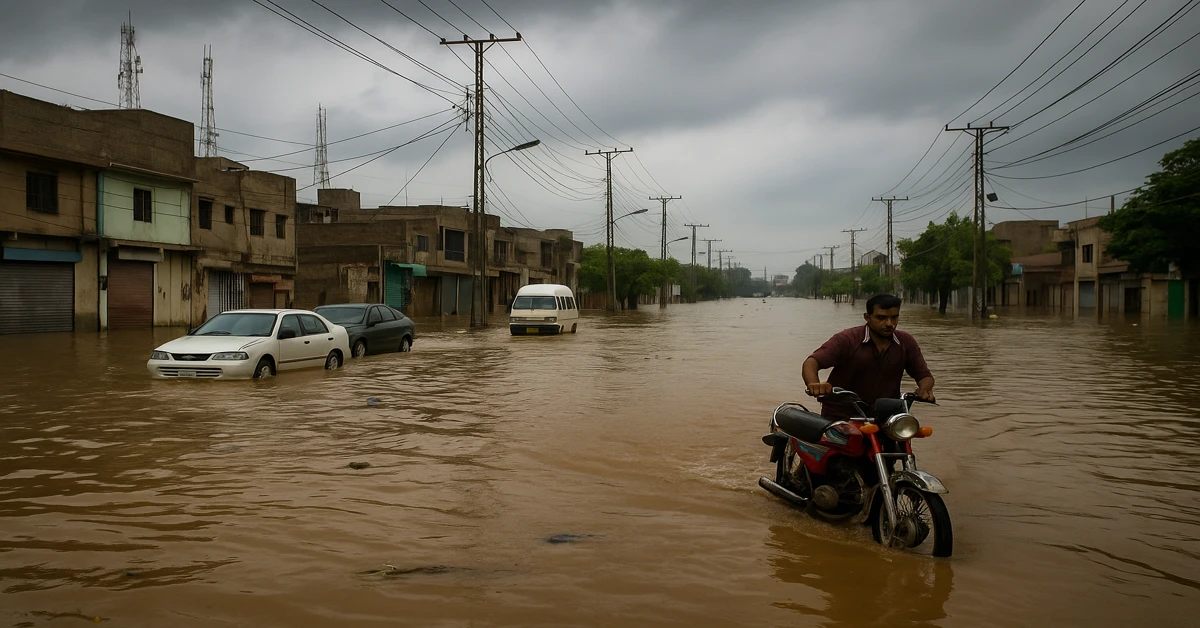
PMD Issues New Flood Alert in Pakistan from July 19 to July 25: Latest Updates & Death Toll...
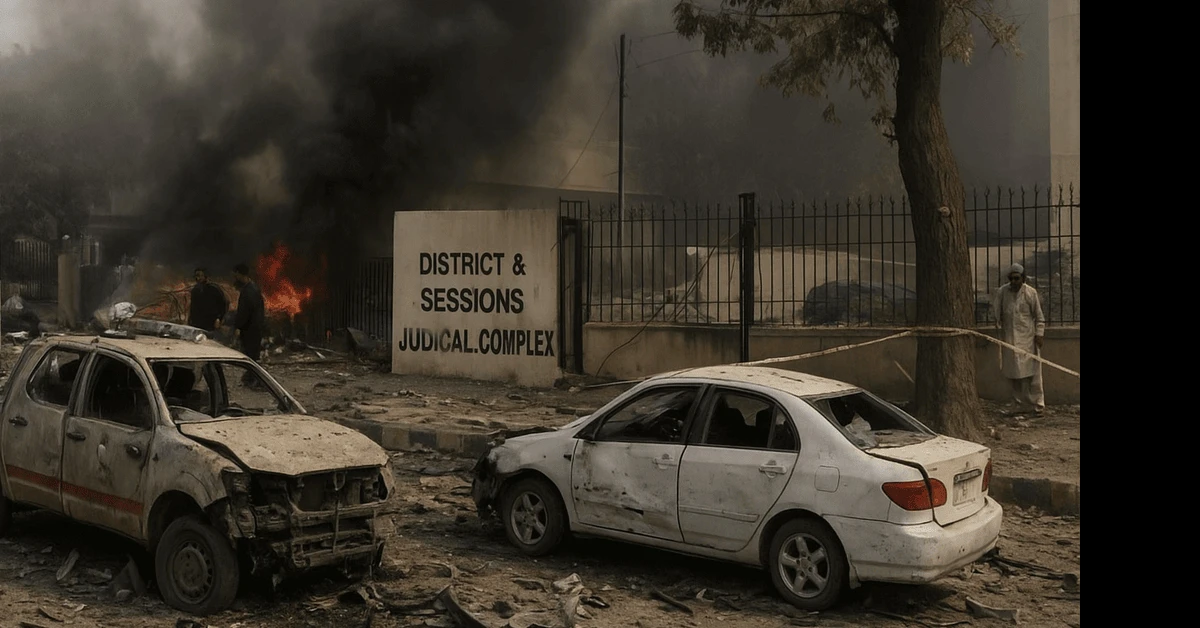
Islamabad Suicide Blast 2025: Massive Explosion Near G-11 Court, What We Know So Far...
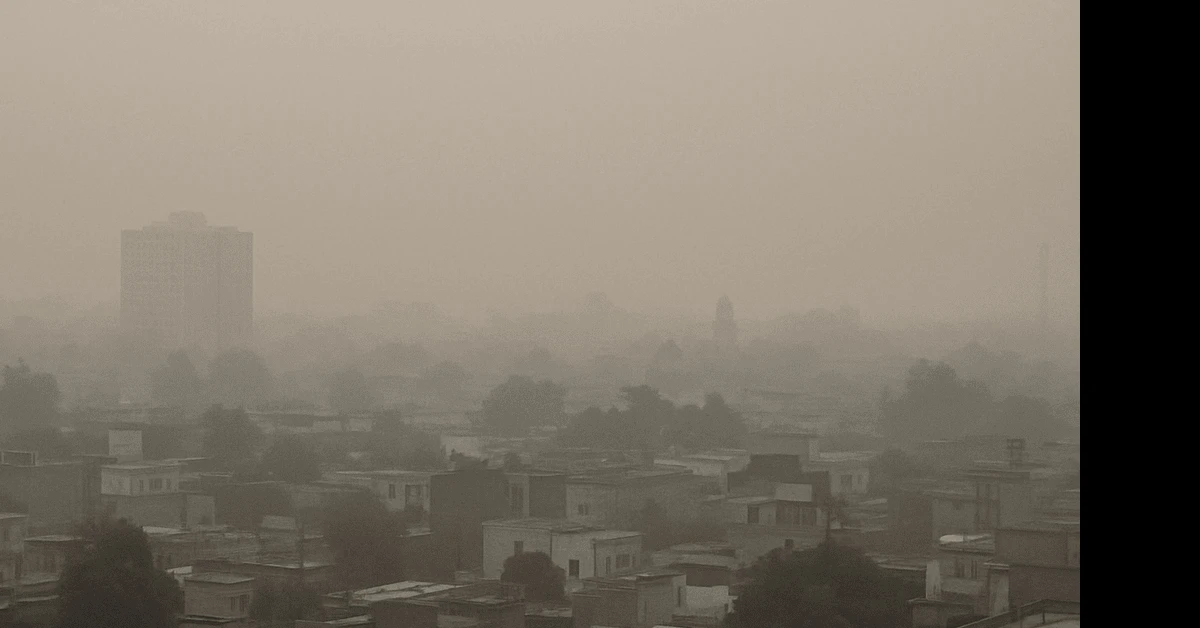
Peshawar Smog Advisory Issued: Why Residents Are Urged to Stay Indoors...

Latest Affordable Range Smartphones in Pakistan by Itel and Tecno...

Shahid Khaqan Abbasi Suffers Heart Attack: What We Know, What It Means and What Comes Next...

Saba Qamar’s Recent Heart Attack Sparks a National Wake-Up Call: How Stress is Breaking Our Hearts...
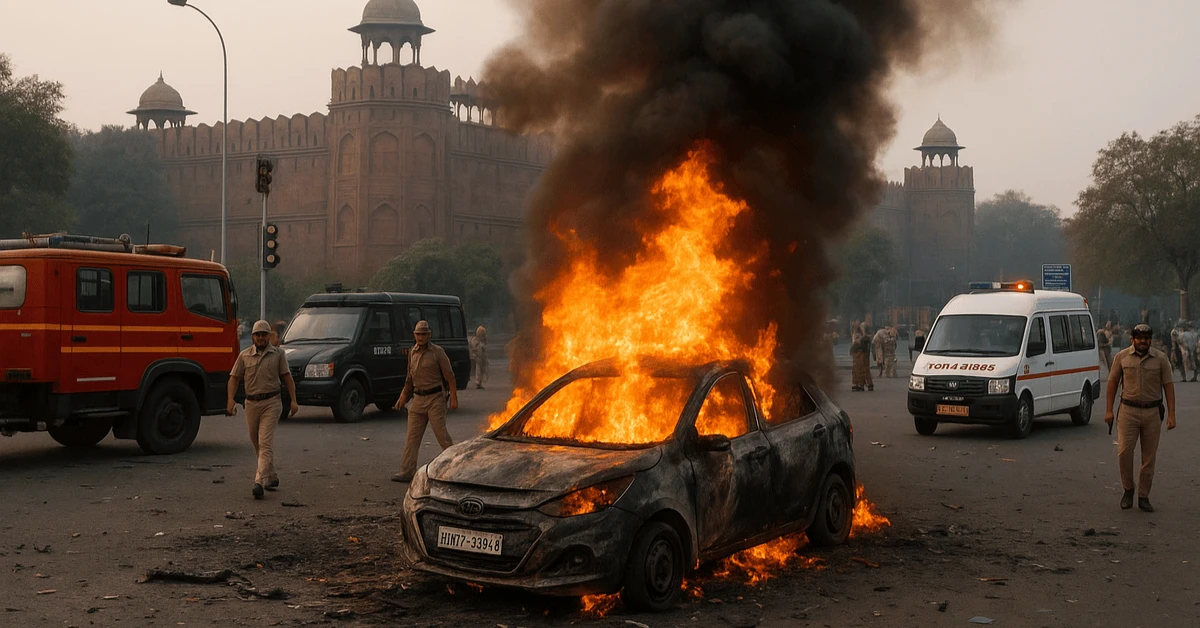
Car Explosion Near Red Fort, New Delhi: What Happened and What It Means...

